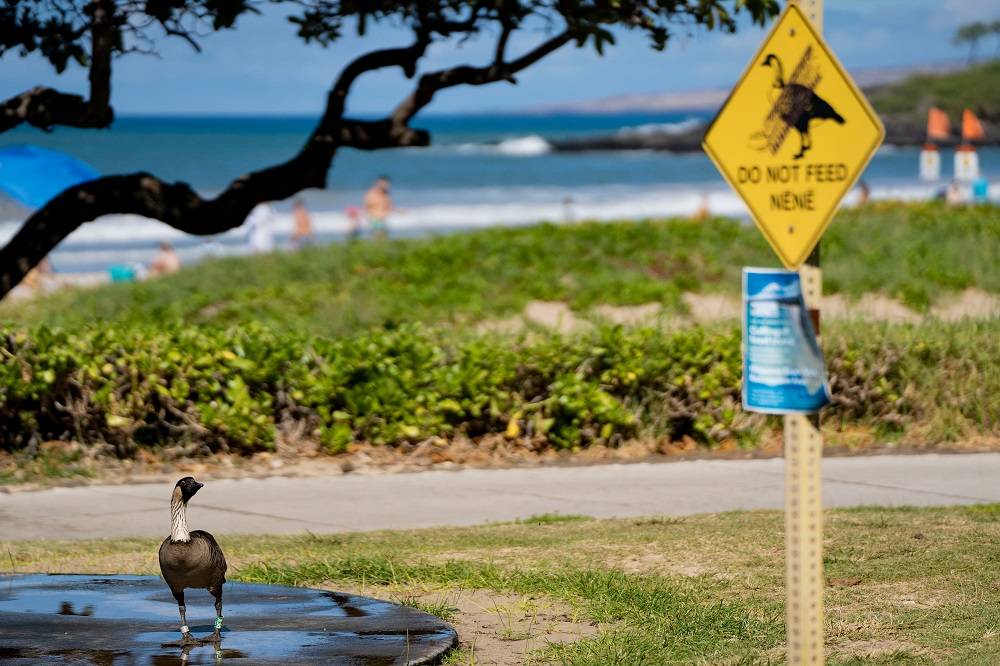Twenty two years ago, an avalanche buried American climber Bill Stampfl as he made his way up one of the highest peaks in the Andes mountains.
His family knew there was little hope of finding him alive, or even of retrieving his corpse from the thick fields of snow and the freezing ice sheets that cover the 6,700-meter tall Huascaran peak, The Associated Press reported.
But in June, Stampfl's son got a call from a stranger, who said he had come across the climber's frozen, and mostly intact body, as he made his own ascent up Huascaran.
“It was so out of left field. We talk about my dad, we think about him all the time,” Joseph Stampfl said. “You just never think you are going to get that call.”
He then shared the news with his family.
“It's been a shock” said Jennifer Stampfl, the climber's daughter. “When you get that phone call that he’s been found your heart just sinks. You don’t know how exactly to feel at first.”
On Tuesday, police in Peru said they had recovered Stampfl's body from the mountain where he was buried by the avalanche in 2002, when the 58-year-old was climbing with two friends who were also killed.
A group of policemen and mountain guides put Stampfl's body on a stretcher, covered it in an orange tarp, and slowly took it down the icy mountain. The body was found at an altitude of 5,200 meters, about a nine-hour hike from one of the camps where climbers stop when they tackle Huascaran's steep summit, AP said.
Jennifer Stampfl said the family plans to move the body to a funeral home in Peru's capital, Lima, where it can be cremated and his ashes repatriated.
Police said Stampfl’s body and clothing were preserved by the ice and freezing temperatures. His driver's license was found inside a hip pouch. It says he was a resident of Chino in California’s San Bernardino County.
The effort to retrieve Stampfl's remains began last week, after an American climber came upon the frozen body while making his way to the Huascaran summit. The climber opened the pouch and read the name on the driver's license. He called Stampfl's relatives, who then got in touch with local mountain guides.
Joseph Stampfl said they worked with a Peruvian mountain rescue association to retrieve his father’s body, which was about 915 to 1,200 meters below where he and his two friends were believed to have been killed.
“He was no longer encased in ice,” the son said. “He still has got his boots on.”
A team of 13 mountaineers participated in the recovery operation — five officers from an elite police unit and eight mountain guides who work for Grupo Alpamayo, a local tour operator that takes climbers to Huascaran and other peaks in the Andes.
Body of US Climber Buried by Avalanche 22 Years Ago in Peru is Found in Ice

This photo distributed by the Peruvian National Police shows the remains of who police identify as US mountain climber William Stampfl, on Huascaran mountain in Huaraz, Peru, July 5, 2024. (Peruvian National Police via AP)

Body of US Climber Buried by Avalanche 22 Years Ago in Peru is Found in Ice

This photo distributed by the Peruvian National Police shows the remains of who police identify as US mountain climber William Stampfl, on Huascaran mountain in Huaraz, Peru, July 5, 2024. (Peruvian National Police via AP)
لم تشترك بعد
انشئ حساباً خاصاً بك لتحصل على أخبار مخصصة لك ولتتمتع بخاصية حفظ المقالات وتتلقى نشراتنا البريدية المتنوعة








